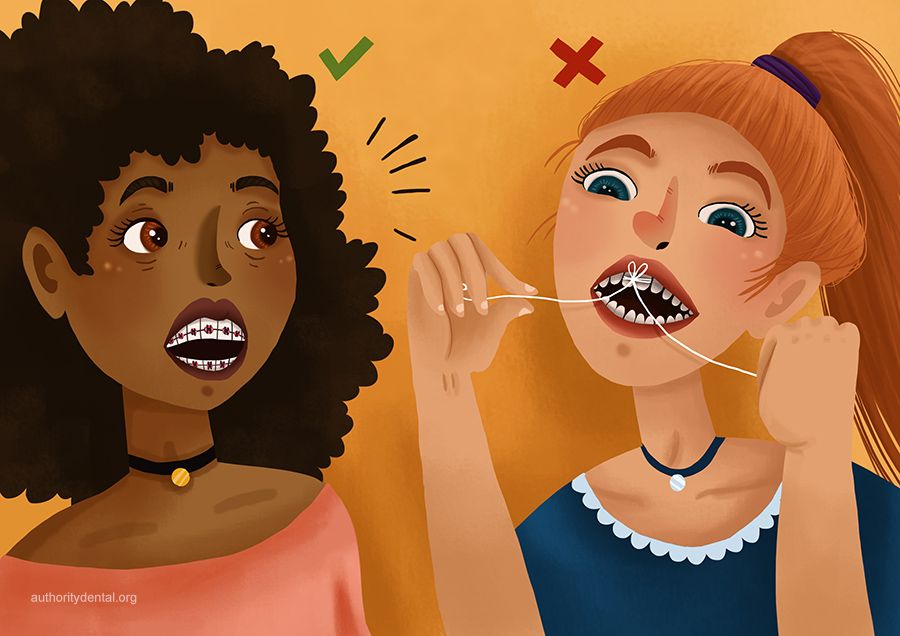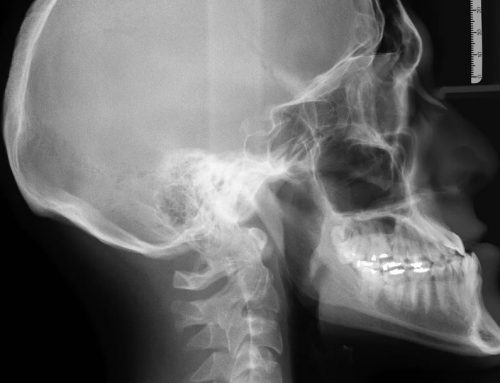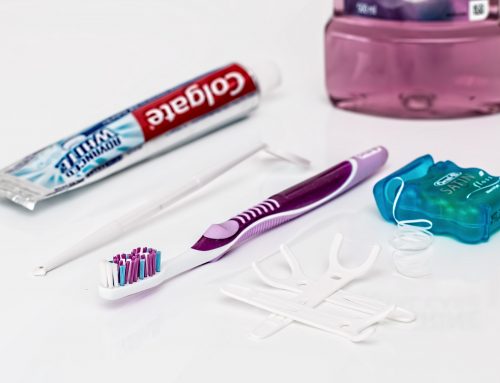We bet you think you’re doing everything you can to take care of your teeth: you floss, you brush, and you visit your dentist. But did you know that brushing or flossing your teeth the wrong way can be almost just as detrimental to your oral health as not taking care of your teeth at all?
Okay, we might be exaggerating a little bit. But the reality is that many people don’t know how to properly take care of their oral health at home, even if they think they do. Here are some mistakes you might be making right now that you’re probably doing wrong.
Want to cut to the chase? Book a cleaning and routine exam appointment with KingTown Dental!
Using the Wrong Tooth Brush
When you break a nail, it grows back. When you chop off your hair, it grows back. Even if your liver gets damaged, it grows back. Unfortunately, nothing that’s living inside your mouth will ever grow back….except for maybe bacteria. That means that it’s crucial to take care of your teeth every day. This starts with using the right toothbrush.
We recommend using a soft or very soft tooth brush. Why? Because most people brush way too hard, which can lead to gum recession and cause your nerves to be exposed. Unfortunately, once our gums are worn away, they can’t grow back.
Use a soft toothbrush and approach your routine gently. Don’t try to brush both top and bottom teeth at the same time, as you’ll miss the most crucial part of the tooth: by your gum line. Aim your bristles at a slightly toward the gums and gently massage your teeth in a circular motion. To get behind the teeth, brush away from you rather than up and down. This helps remove build-up plaque.
Flossing with the Wrong Technique
As a whole, the world needs to floss more often. But it’s not just how often you floss, but how you floss that makes the biggest difference. Some patients are surprised when our dental hygienists find hard plaque hidden in their gums. But if you’re not flossing properly every day, the food and bacteria that get stuck to your teeth after meals will harden and turn to plaque.
Here’s the right technique:
- With the floss controlled between both middle and index fingers, gently move it in between your teeth.
- On either side of your gum (the funnel shape part in between each tooth), make a C-shape or backwards C-shape with the dental floss from the base of the visible tooth all the way up.
- DO NOT move the floss back and forth, as it doesn’t push food particles away from your gums.
Not Flossing or Brushing as Frequently as You Should
The truth is, we all know we should be flossing a lot more than we do. We all know that flossing once a day is what we’re supposed to do. Many of us don’t realize how vital this five-minute activity really is. In reality, flossing is the silent killer of gum disease and gingivitis. The benefits of flossing reach far beyond your mouth, as it has been directly linked to heart health. Here are key things to remember about flossing and brushing:
- Brushing your teeth after every meal is ideal, however, brushing at least once and morning and once at night is the recommended amount.
- Floss your teeth at least once a day after lunch or dinner (or heavy meals).
- Wait at least 30 minutes to brush your teeth after drinking coffee, tea, wine, or lemonade as these drinks weaken the surface of your teeth.
Remember, your dentist is always available to answer any questions you have about proper oral care. Book an appointment for a routine cleaning or call us today!







Leave A Comment